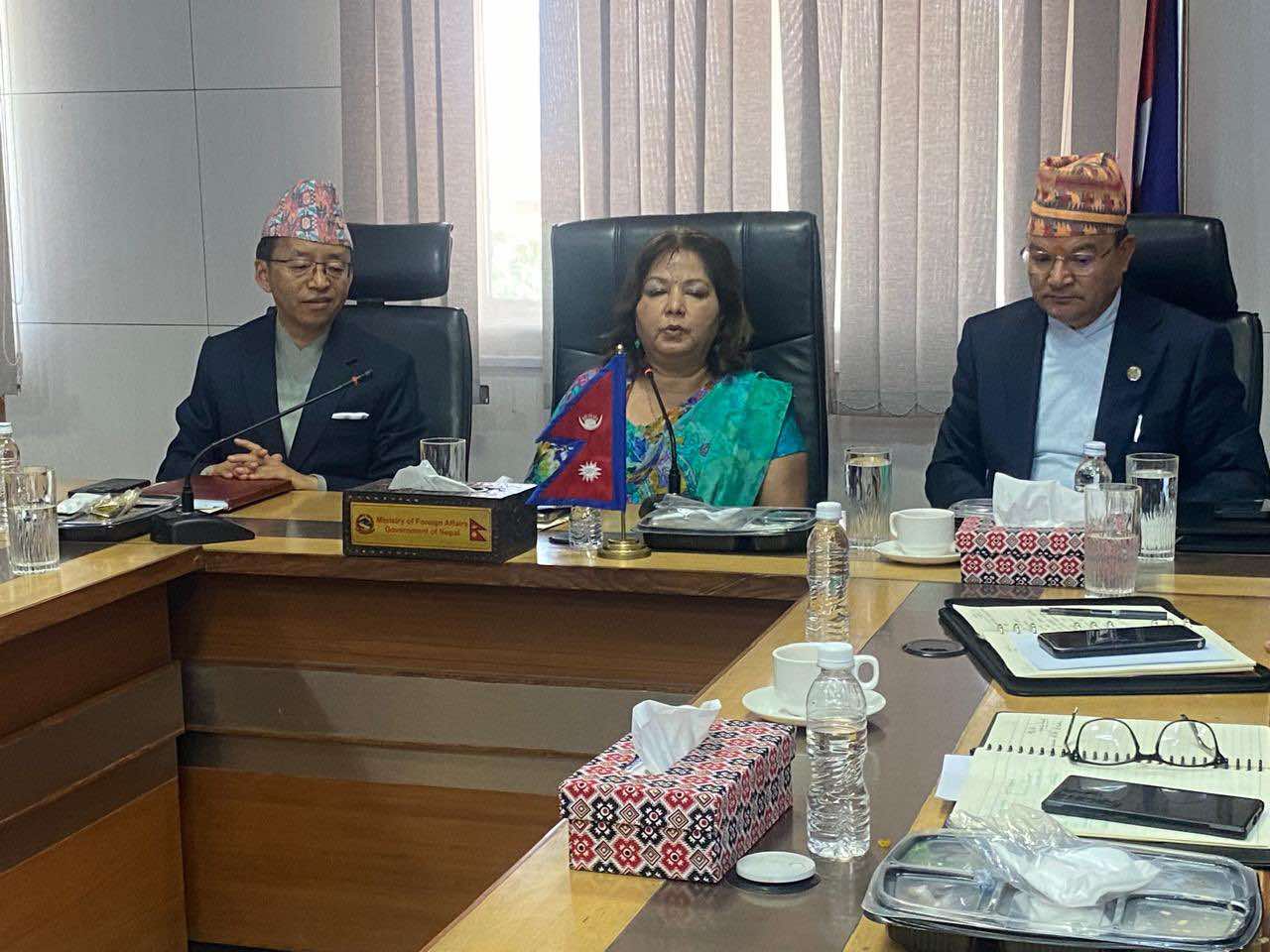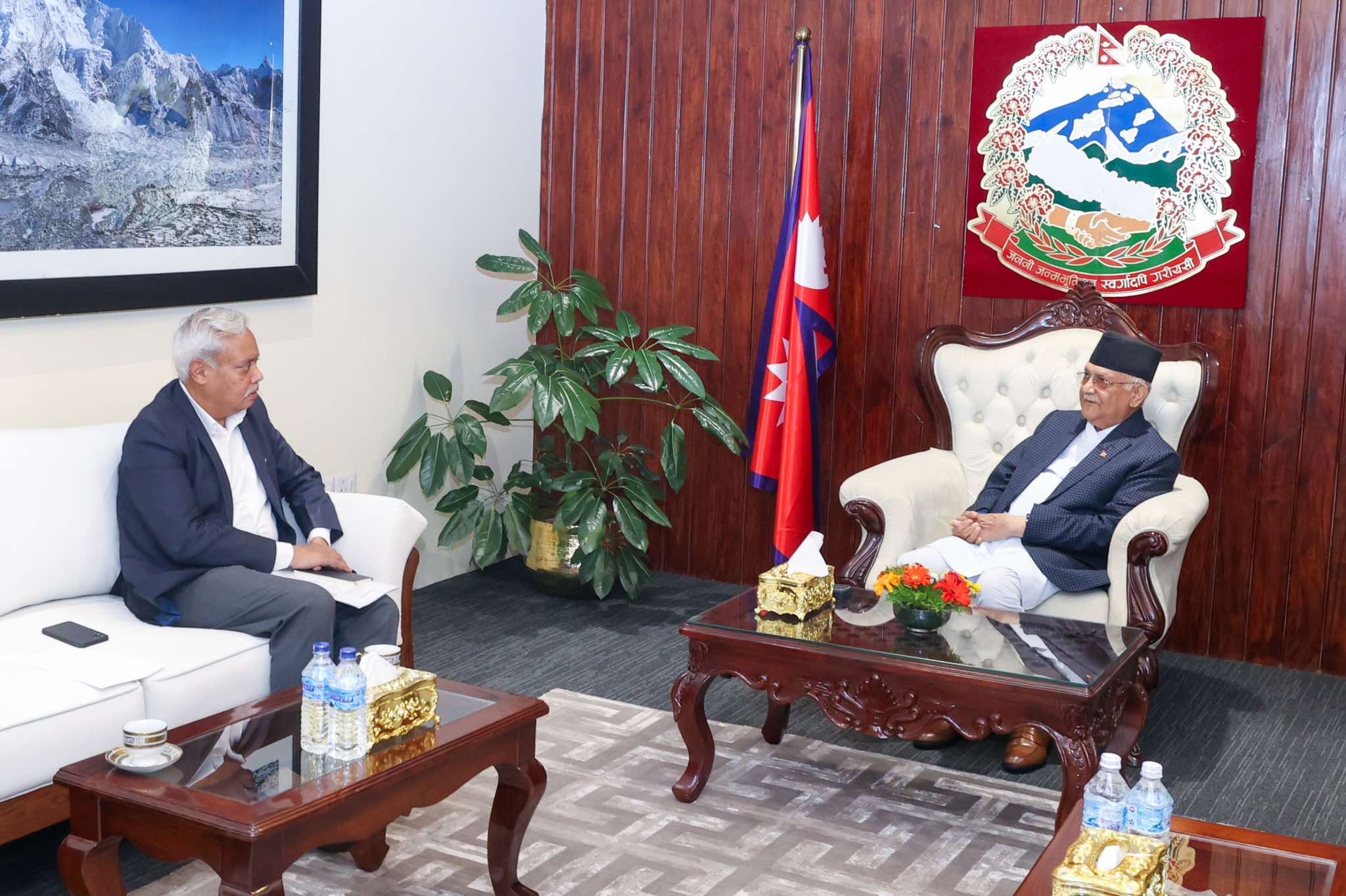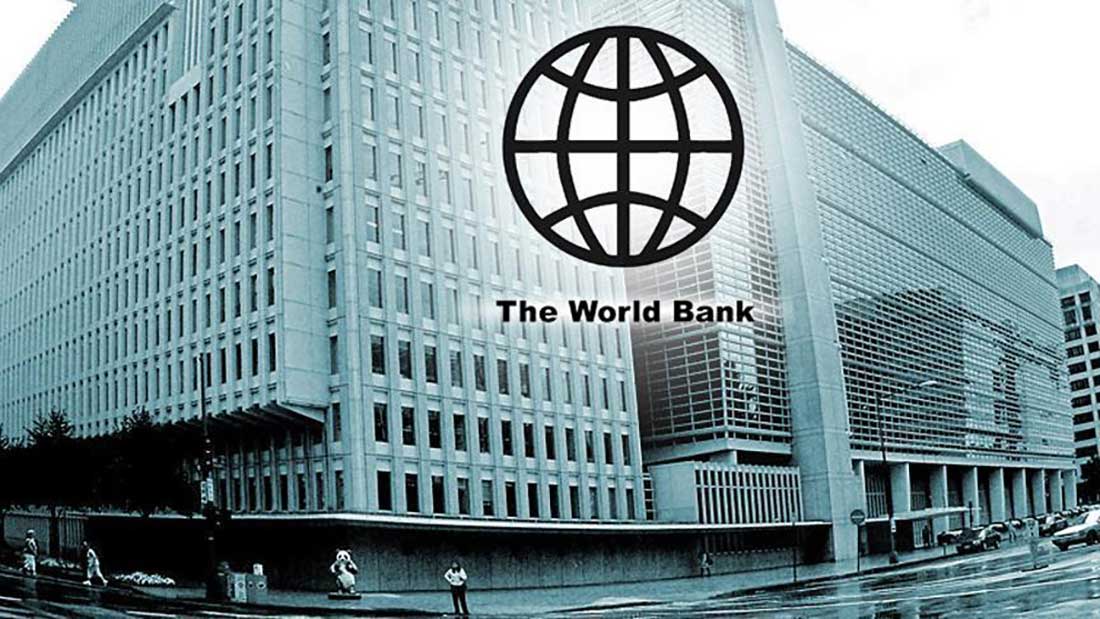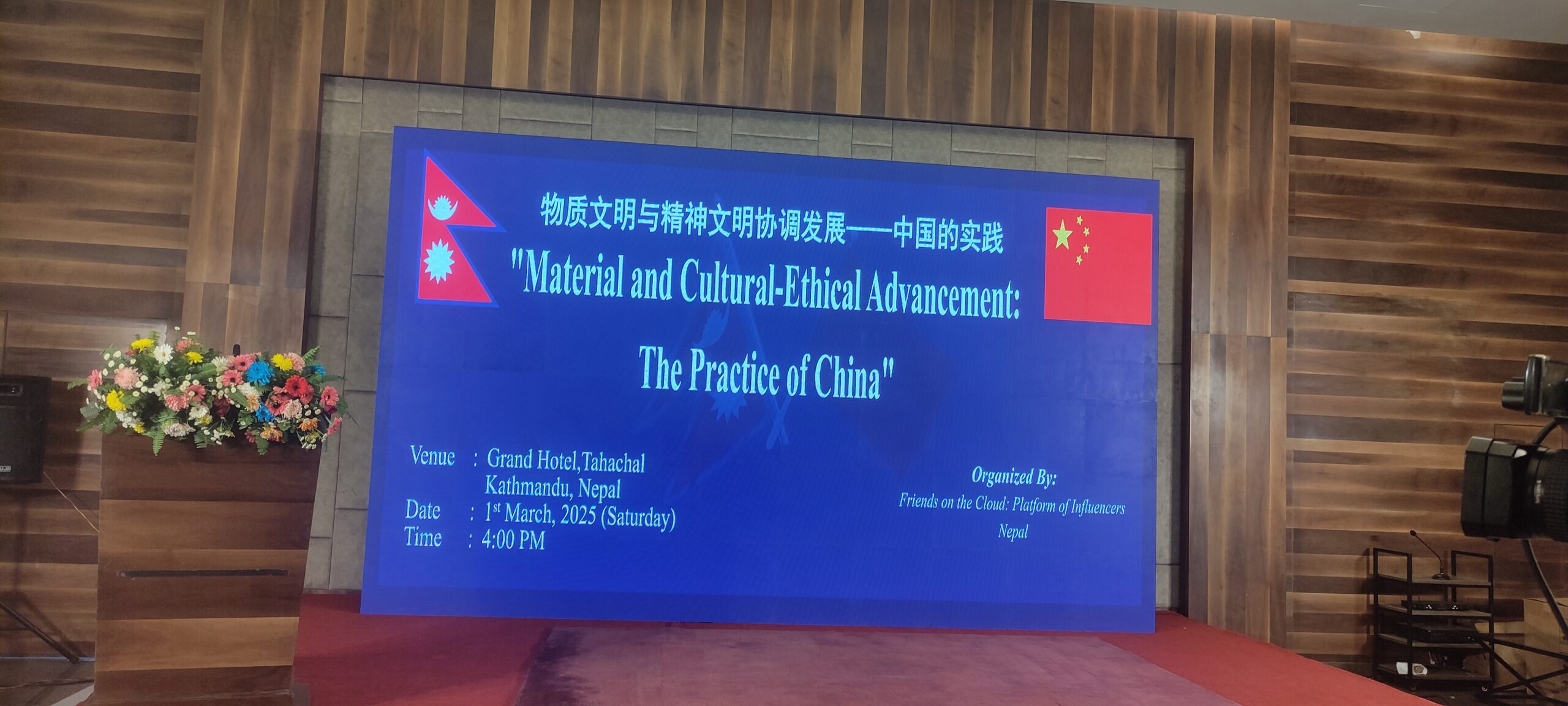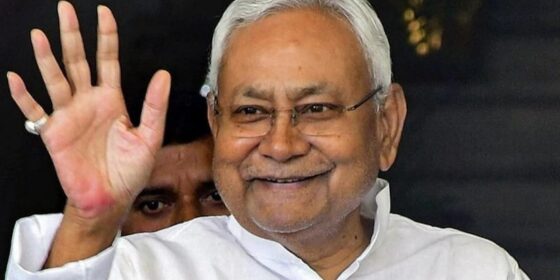
Kathmandu: In a historic moment, Nitish Kumar, the leader of the Janata Dal (United), took the oath of office as the Chief Minister of Bihar for the ninth consecutive time at Raj Bhawan in Patna on Sunday. Accompanying him, eight ministers, including BJP leaders Samrat Choudhary and Vijay Sinha, were sworn in as ministers, set to assume the roles of deputy chief ministers in the state government.
However, on the same day, Nitish Kumar submitted his resignation and severed ties with the Mahagathbandhan, a 28-party Opposition bloc in Bihar, citing differences in political ideologies. This move marks Kumar’s departure from the alliance formed in 2022 to create the ‘mahagathbandhan,’ leading to the collapse of the JD(U)-RJD-Congress coalition in Bihar.
In response to Kumar’s exit, the Bharatiya Janata Party (BJP) held a strategic meeting with its MLAs and MPs in Patna to navigate the evolving political landscape in the state. The realignment comes as a significant political development, reshaping the alliances and power dynamics in Bihar.
Blaming the Congress for the leadership dispute within the Opposition INDIA bloc, JD(U) senior leader KC Tyagi asserted that a conspiracy unfolded during a meeting on December 19. Tyagi claimed that Congress pushed for Mallikarjun Kharge as the prime ministerial face, contrary to the earlier unanimous decision in Mumbai, where it was agreed that the alliance would function without a designated prime ministerial candidate.



